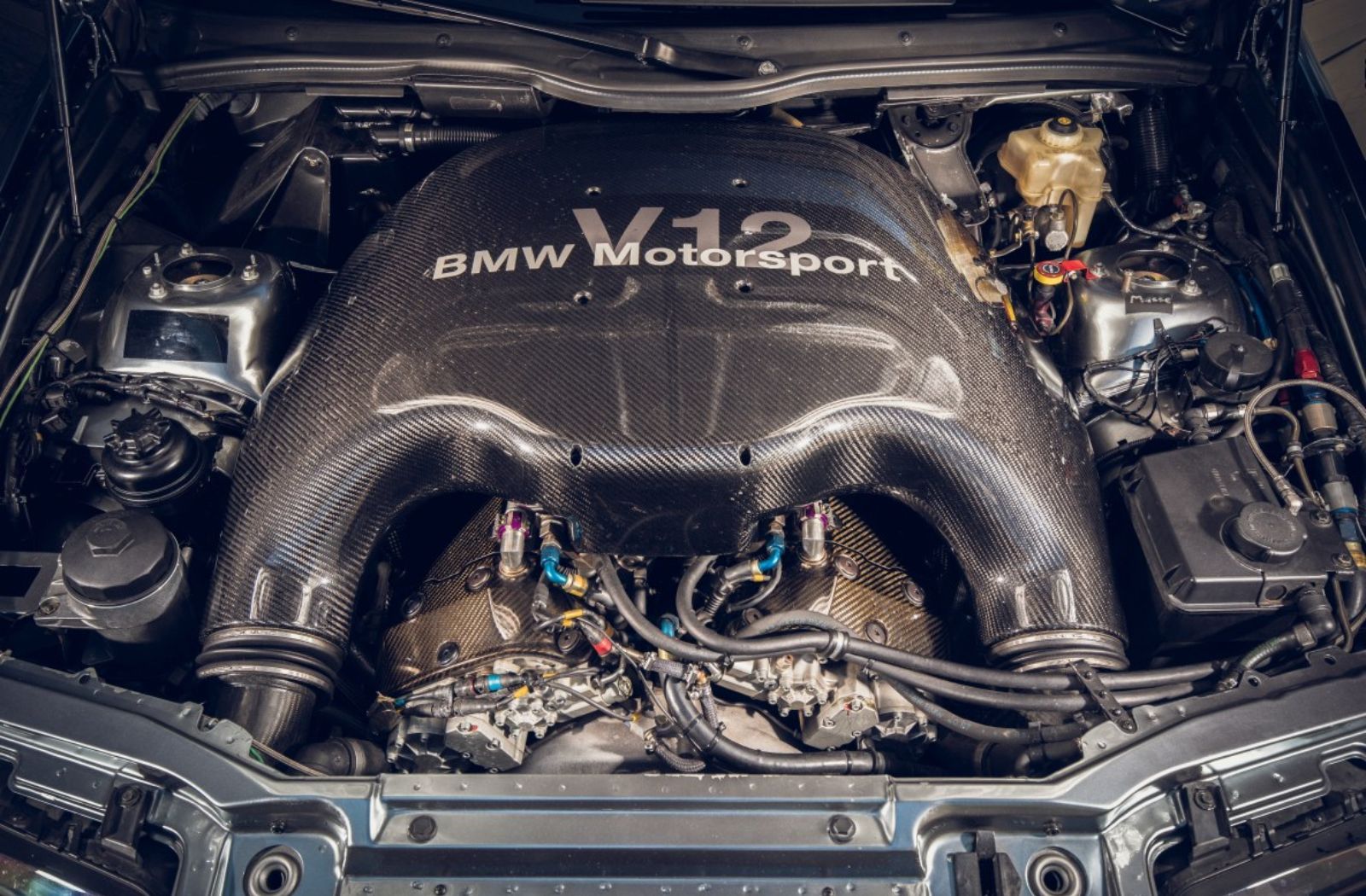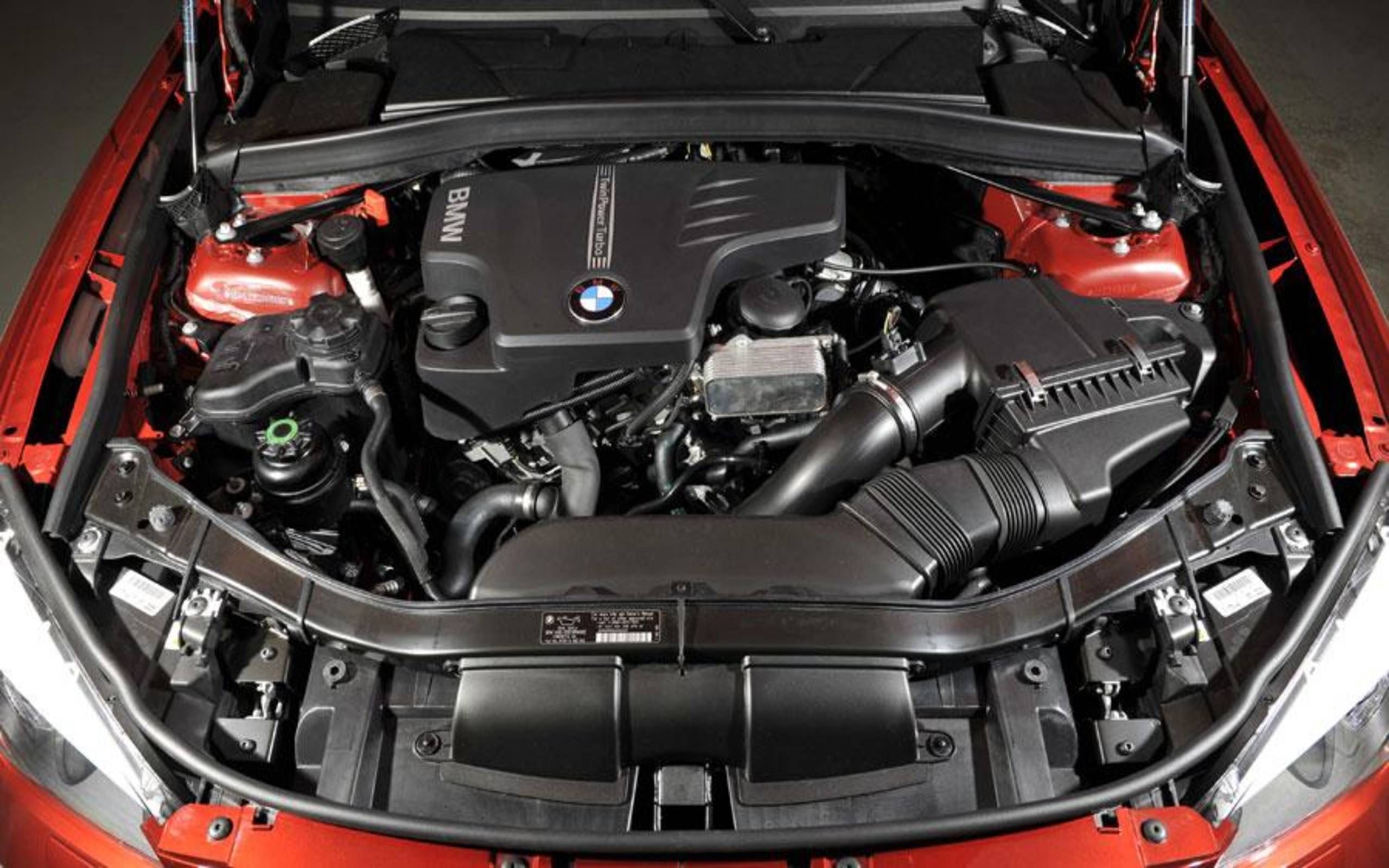Discovering the Advancement of Burning Engines in Modern Transport Equipments
As we browse the landscape of contemporary transportation, the evolution of burning engines stands as a testament to human ingenuity and design prowess. The interaction of background, innovation, and environmental problems in shaping the trajectory of combustion engines develops a narrative that is both insightful and engaging.
Early Beginnings of Combustion Engines
How did the principle of combustion engines first arise in the early stages of transport development? The origins of combustion engines can be mapped back to the 17th century when the principles of inner combustion were initial explored. In 1673, Christian Huygens conceptualized a standard interior burning engine that utilized gunpowder to create power. It had not been up until the late 19th century that practical applications of burning engines in transport began to arise.
The development moment featured the creation of the initial successful gasoline-powered engine by Karl Benz in 1885 - bmw engine. This engine led the means for the development of the contemporary car, revolutionizing transportation systems worldwide. Subsequent innovations by Nikolaus Otto and Gottlieb Daimler even more fine-tuned burning engine modern technology, leading to the automation of cars and the rapid expansion of the transportation market
These very early burning engines were defined by their simpleness and effectiveness, laying the foundation for the complicated and powerful engines used in modern transportation systems. The evolution of burning engines has actually contributed fit the means we take a trip and deliver products, marking a significant milestone in the history of transport growth.
Shift to Internal Combustion Modern Technology
The change to interior combustion technology noted an essential shift in the evolution of transportation systems. This change began in the late 19th century, with innovators like Nikolaus Otto and Gottlieb Daimler establishing the very first successful inner combustion engines. These engines revolutionized transport by using a much more reliable and effective option to steam engines and electrical motors.
One of the vital benefits of internal burning engines was their capability to be reduced to suit cars, leading to the advancement of motorbikes and automobiles. This change from bulky, fixed engines to compact, mobile ones led the way for the modern-day transportation systems we see today.
The change to interior burning innovation additionally spurred innovations in fuel modern technology, causing the growth of gas and diesel as primary fuel resources for cars. This change not only made transport much more obtainable to the masses but additionally laid the foundation for the oil and gas sector to become indispensable to global economic situations.
Impact of Combustion Engines on Transportation
The fostering of burning engines in transportation systems militarized an extensive shift in the effectiveness and rate of global flexibility. Combustion engines reinvented transportation by supplying a functional and reputable resource of power for various automobiles, consisting of vehicles, vehicles, ships, and aircrafts. This advancement dramatically improved the capability click this for individuals and items to relocate over lengthy distances in shorter timespan, causing boosted connection in between areas and countries.
Furthermore, the extensive usage of burning engines has had a considerable effect on economic development. The capability to move items efficiently has actually stimulated profession and business, enabling services to broaden their markets and reach consumers worldwide. This has facilitated financial development and globalization, as products can now be transferred faster and in bigger amounts than ever.
Nevertheless, the environmental impact of burning engines can not be ignored. The combustion of fossil fuels has actually brought about air contamination and greenhouse gas discharges, contributing to environment modification and positioning health risks to populaces. bmw engine. As a result, there is a growing focus on establishing alternative propulsion modern technologies to minimize these unfavorable effects and develop a much more sustainable future for transport
Advancements in Combustion Engine Layout
One noteworthy advancement is the advancement of turbocharged engines, which utilize exhaust gases to drive a wind turbine that compresses incoming air, enabling for more fuel to be charred, resulting in enhanced power output without a significant increase in engine dimension. Variable shutoff timing systems have actually likewise reinvented engine style by enhancing air flow at different engine speeds, enhancing both power and efficiency. These innovations collectively add to the constant enhancement look at these guys of combustion engines in modern transportation systems.
Future Trends in Burning Engine Growth
With modern technology developments driving continual development, the future of burning engine development is poised to change transportation systems around the world. One of the essential fads in burning engine development is the press towards higher performance and reduced discharges.
Another popular trend is the fostering of crossbreed technologies in burning engines. Crossbreed engines combine conventional burning modern technology with electric power, providing enhanced gas efficiency and lower exhausts. As the auto industry shifts in the direction of electrification, crossbreed burning engines are seen as a transitional service that connects the void between conventional automobiles and completely electric ones.
Additionally, the assimilation of clever technologies, such as expert system and data analytics, is expected to play a substantial duty in the future of burning engine growth. These modern technologies can optimize engine performance in real-time, leading to a lot more reliable burning procedures and boosted total lorry efficiency. Welcoming these future fads will certainly not just drive technology in burning engine growth yet additionally add to an extra eco pleasant and sustainable transportation community.

Verdict
Finally, the development of burning engines in modern-day transportation systems has been marked by considerable innovations in modern technology and design. From the early starts of burning engines to the change to inner burning technology, these engines have had a profound effect on transportation. Developments in combustion engine design remain to drive progress in this field, with future trends focusing on more boosting performance and minimizing exhausts. The future of burning engines in transportation looks promising as r & d efforts continue important link to push boundaries.
The origins of burning engines can be mapped back to the 17th century when the principles of internal combustion were initial checked out. These engines reinvented transport by providing a more powerful and reliable option to steam engines and electrical motors.
